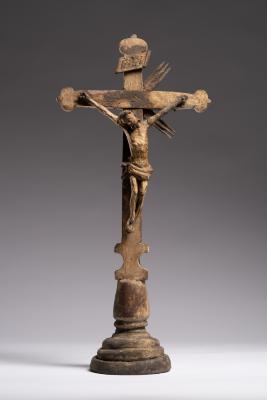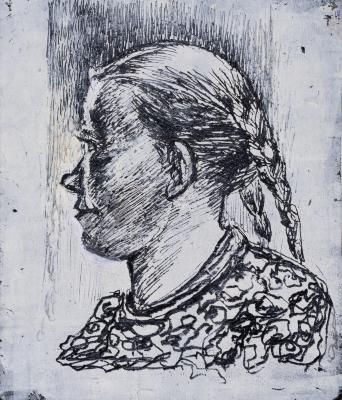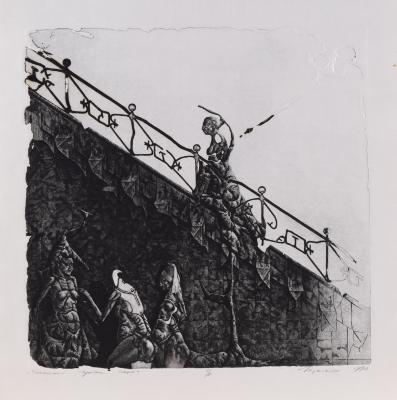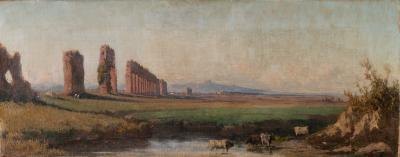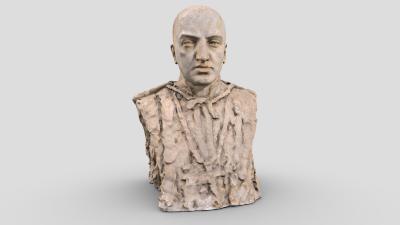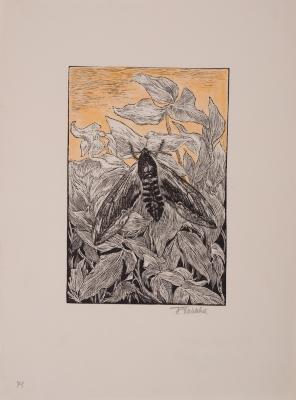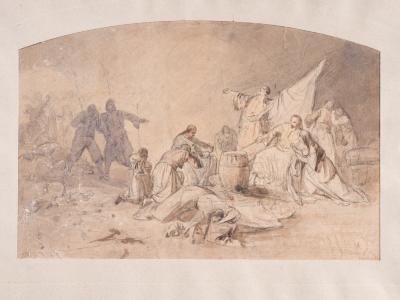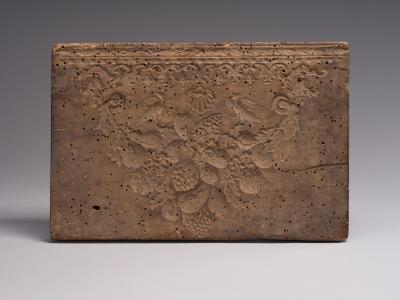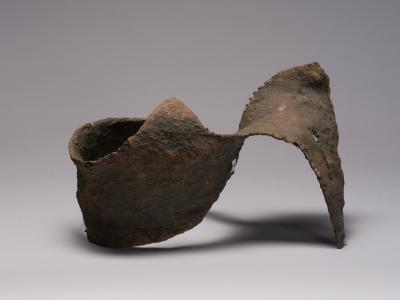Although the painting "In the Slaughterhouse" is attributed to Jean-Jacques de Boissieu, he is unlikely to have created it. Boissieu worked exclusively as a graphic artist and painted only at the beginning of his career. Nevertheless, the plot and composition of the picture show a closeness with his etchings, which often depict scenes from the life of the French. The painting shows the building of a village slaughterhouse for livestock, where a group of people have gathered. On the right, an artist is sketching while another artist and a woman behind him are examining a sketch. The plot of the picture is not just a genre scene but a depiction of the work process of two 18th-century artists. On the left, a group of peasants poses for sketches. One man dismounts from a donkey, and the other bends over a killed calf.










